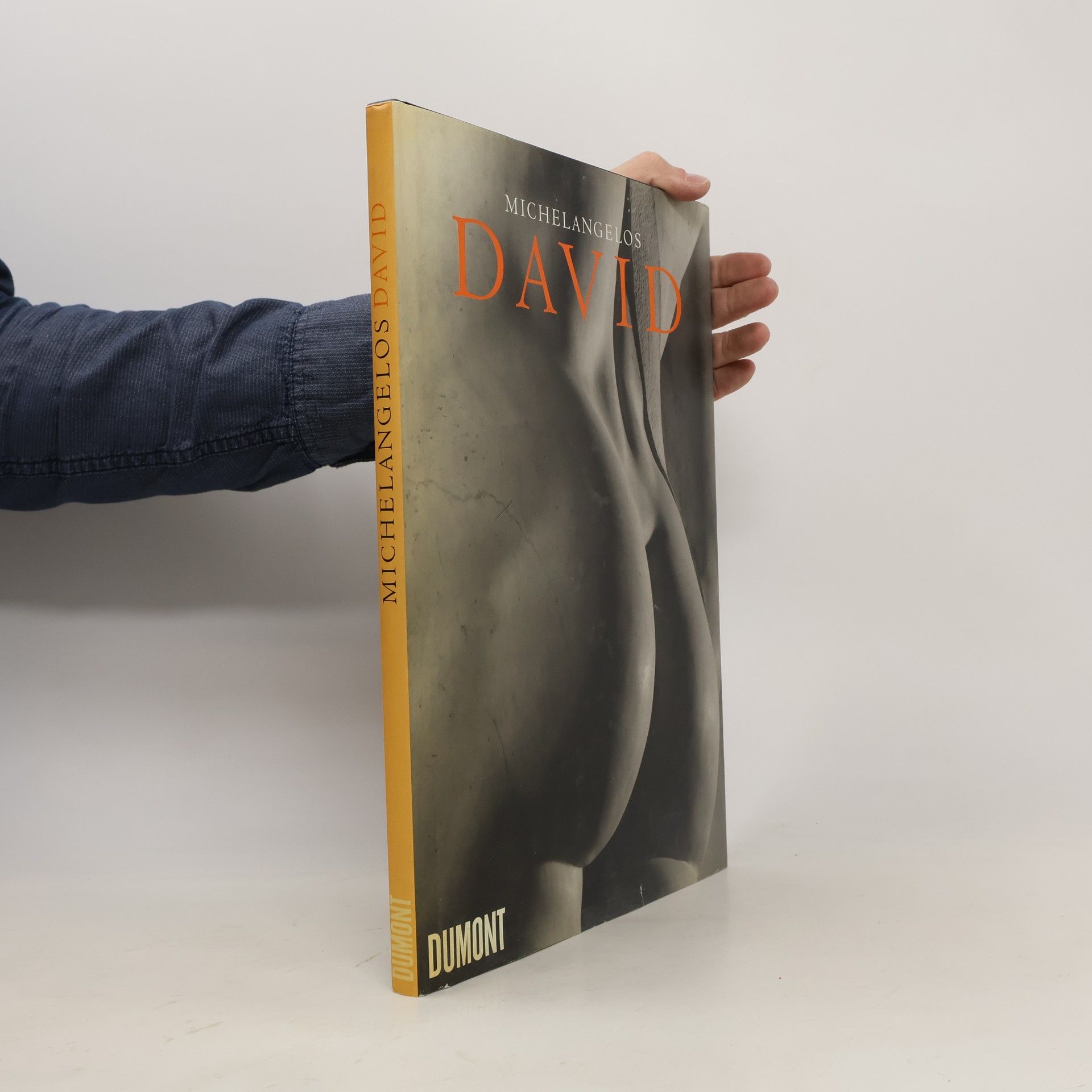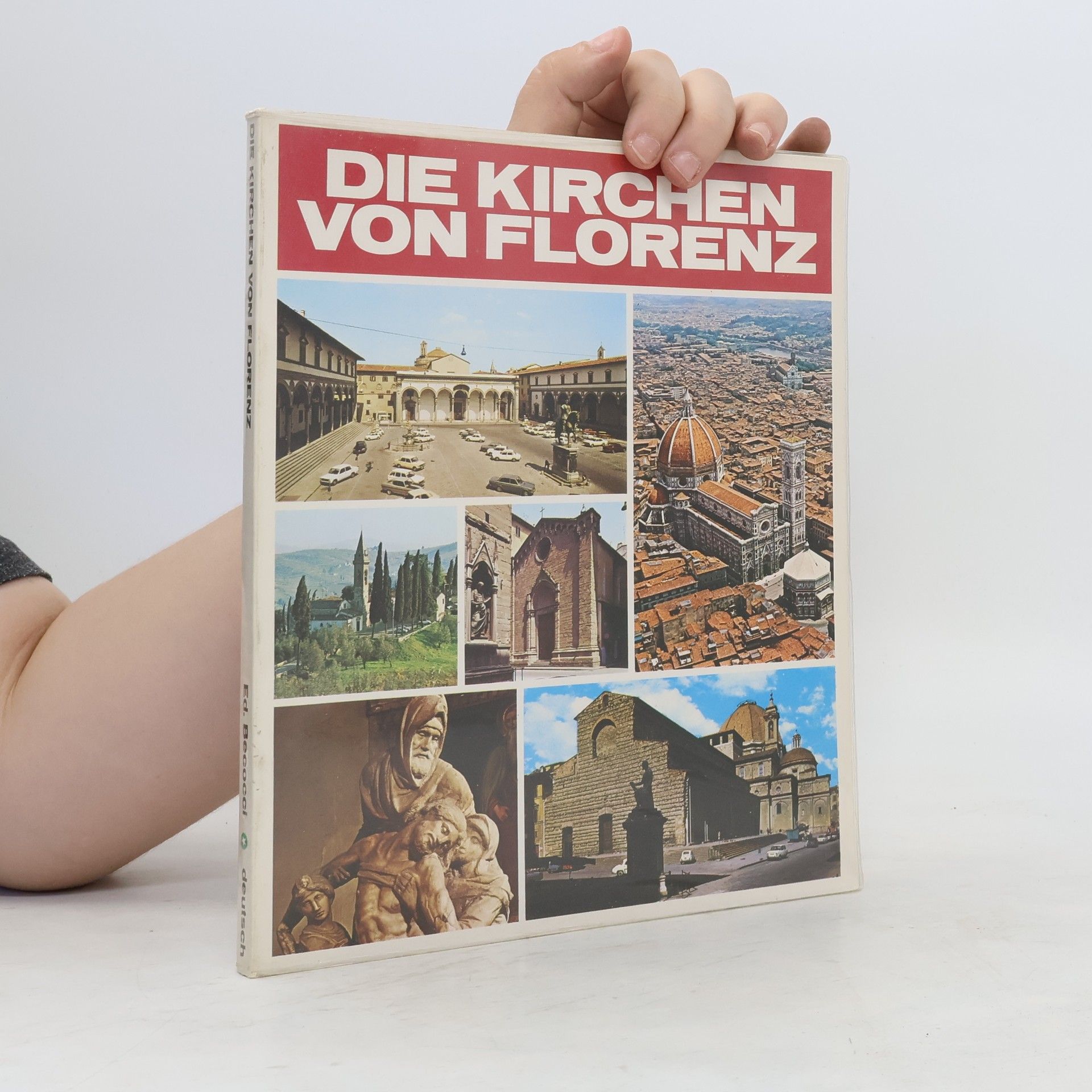This illustrated volume introduces superb historical buildings and sculptures in their historical contexts.
Antonio Paolucci Books



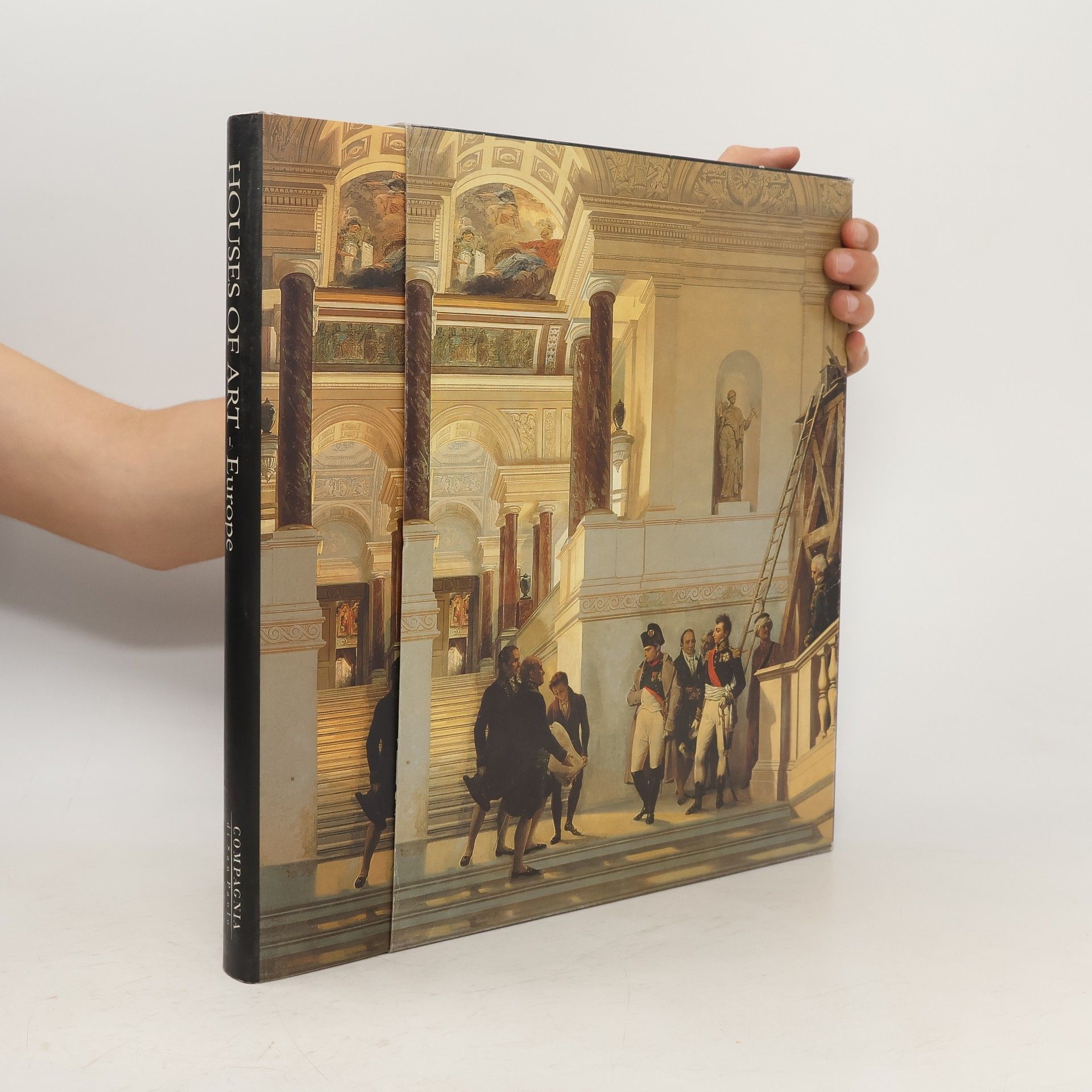
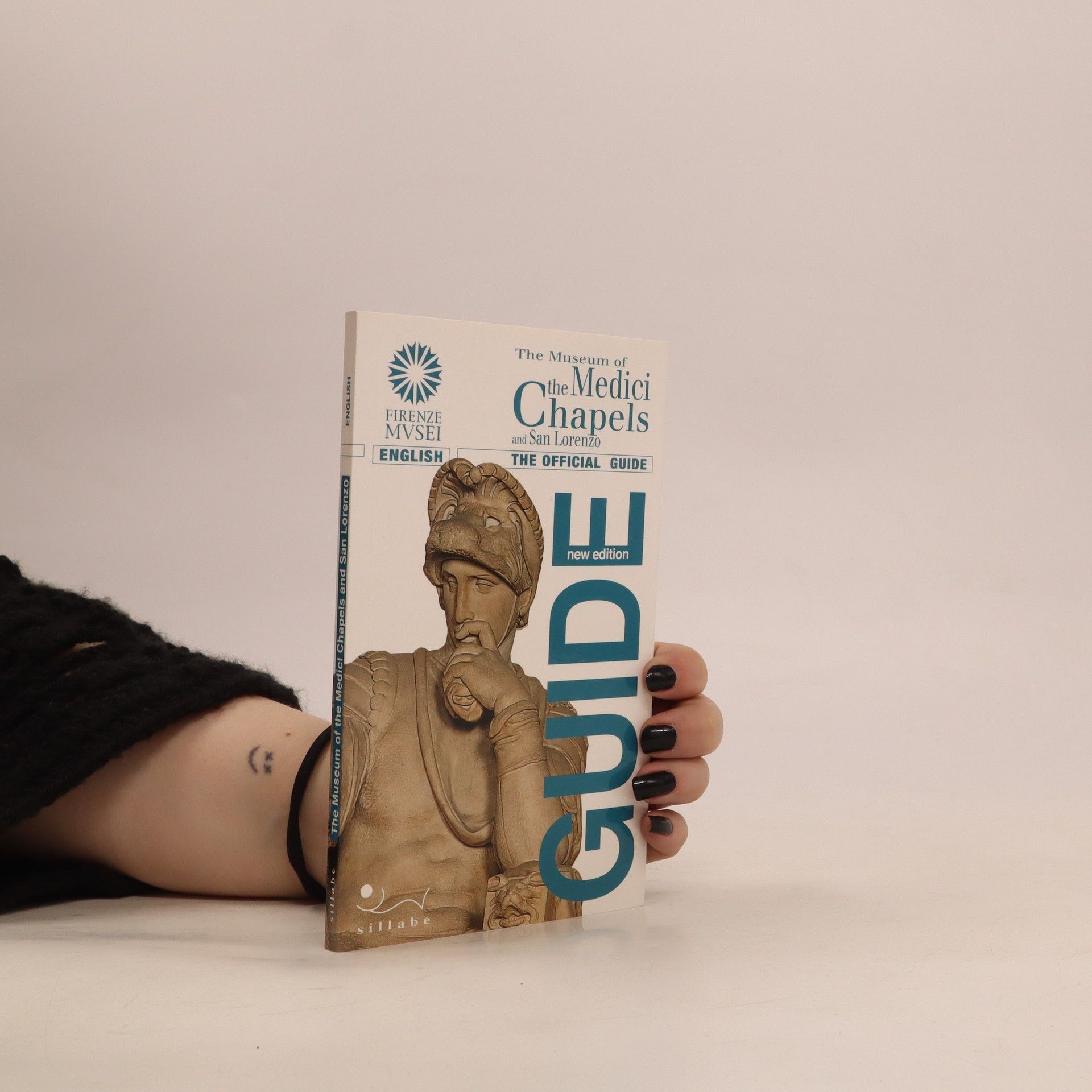
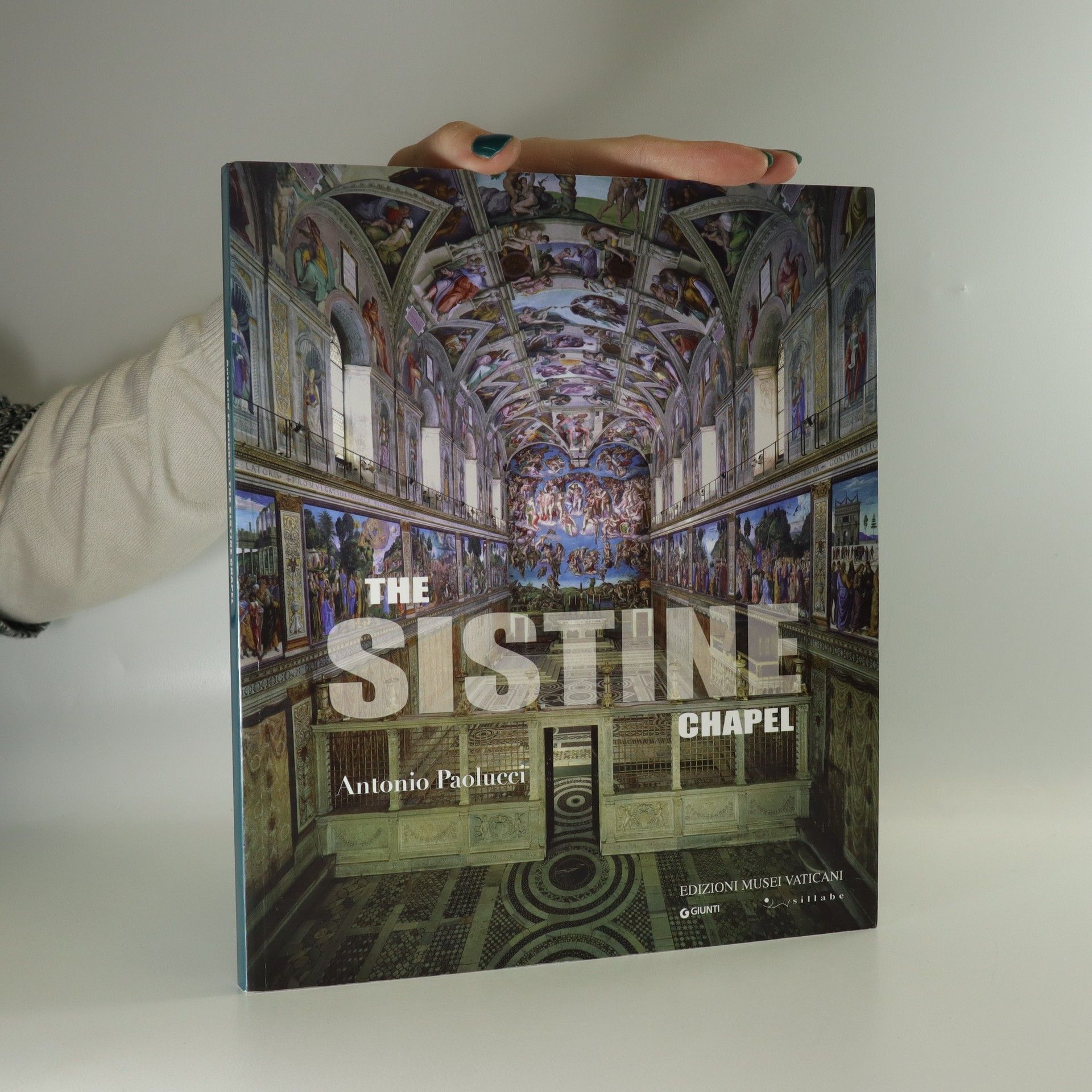
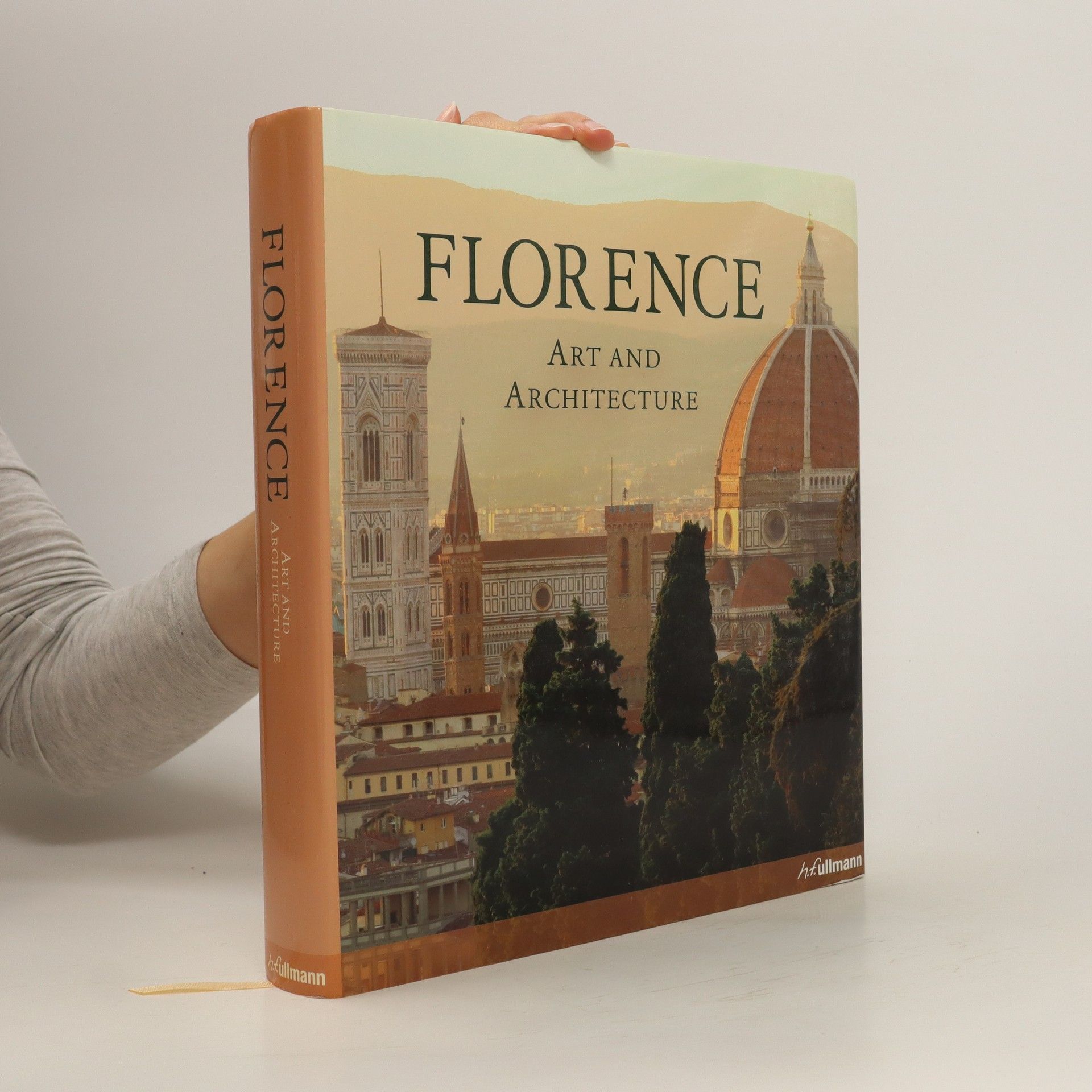
The Sistine Chapel
- 127 pages
- 5 hours of reading
An essential tool in helping visitors to understand the reasons which, between the fifteenth and the sixteenth century, led to the creation of the Sistine Chapel, "the greatest representation of human art and spirituality."
The Museum of the Medici Chapels and San Lorenzo
- 107 pages
- 4 hours of reading
About THE MUSEUM OF THE MEDICI CHAPELS AND THE CHURCH OF SAN LORENZO.
Cabinets of curiosities captivated the 16th and 17th centuries, offering glimpses into a world of natural wonders and treasures that aimed to mirror the universe's order. This volume explores the world's most exquisite collections, including the Medici treasury and the Green Vault of Dresden, while providing a cultural history of the miraculous. The Wunderkammer, or “cabinet of curiosities,” became a gathering place for objects across artistic, scientific, and intellectual realms, striving to encapsulate all human knowledge in one space. Aristocratic collectors like Grand Duke Francesco I de’ Medici and Holy Roman Emperor Rudolf II amassed and displayed items that represented diverse fields such as architecture, painting, gemology, and anthropology. Marvel at unicorn horns (narwhal tusks), rare gems, Murano glass, and peculiar automata. Explore illustrations of exotic creatures and the famed “Coburg ivories.” Though many cabinets no longer exist, some have been meticulously reconstructed, and new ones have emerged. Massimo Listri's decades-long journey across seven European countries resulted in stunning photographs and insightful commentary on 19 chambers, showcasing remarkable items. Discover how these treasures shaped civilization, the modern museum concept, and our understanding of the universe. The authors, Antonio Paolucci and Giulia ML Carciotto, bring extensive expertise in art history and cultural heritage to this cap
Als die „schönste Statue der Welt, der schönste Mann der Welt“ gilt der David des Michelangelo. Biblischer Held, Bezwinger des übermächtig scheinenden Goliath und - im Florenz des beginnenden 16. Jahrhunderts - Ausdruck und Symbol der stolzen Republik, die durch ihn ihre Entschlossenheit kundtat, jedem ihrer Feinde und jeder Bedrohung zu trotzen. Michelangelo hat seinen David in einem Moment eingefangen, als das eigentliche Aufeinandertreffen mit dem Gegner unmittelbar bevorstand; in einem Augenblick der größten physischen und psychischen Anspannung, der intensiven Konzentration aller Sinne und Kräfte. Diese meisterhafte Skulptur aus der Zeit der italienischen Renaissance in ihrer Gesamtschau wie auch in allen Details und Nuancen eines idealen Körpers mit der Kamera nachzuzeichnen, ist dem Fotografen Aurelio Amendola auf eindrucksvolle und - überaus ansprechende Weise gelungen. Während er den Blick schwelgerisch am Körper entlang streifen, ihn gleichsam berühren lässt, zaubert Amendola eine Sinnlichkeit herbei, die vergessen macht, dass David nur aus Marmor ist. Ein wunderbares Geschenk an alle Freunde der wahrhaft „schönen“ Künste.
KAPLICA SYKSTYŃSKA / THE SISTINE CHAPEL
- 360 pages
- 13 hours of reading
Kaplica Sykstyńska – uniwersalne miejsce historii, sztuki i wiary – przyciąga licznych przedstawicieli turystyki kulturowej z całego świata, nawet 25 tysięcy osób dziennie! Jednak popularna Sykstyna, choć znajduje się na trasie zwiedzania Muzeów Watykańskich, tak naprawdę nie jest muzeum. To przestrzeń religijna, konsekrowana kaplica. Co więcej, jest ona prawdziwym punktem odniesienia dla Kościoła rzymskiego i powszechnego. To w niej sprawuje się uroczyste liturgie i to tutaj kardynałowie zgromadzeni na konklawe wybierają nowego papieża. Kaplica Sykstyńska jest równocześnie syntezą teologii katolickiej. Na jej ścianach zostały ukazane dzieje świata (od Stworzenia po Sąd Ostateczny) wraz z losem człowieka odkupionego przez Chrystusa. Tym samym przedstawia ona historię zbawienia dla wszystkich ludzi i dla każdego człowieka z osobna. Ten wspaniały album w nowatorski sposób prezentuje arcydzieła Sykstyny. Ich reprodukcje są bowiem owocem kampanii fotograficznej z użyciem najnowszych technologii, pozwalających na osiągnięcie spektakularnych rezultatów. Szczególnie innowacyjna technologia gigapixel umożliwiła wykonanie reprodukcji fresków w skali 1:1 i przyjrzenie się z bliska całej dekoracji kaplicy, oddając jej wyrazistość i oryginalną kolorystykę. Czytelnik ma więc niepowtarzalną okazję podziwiać z detalami obrazy takich mistrzów renesansu, jak Michał Anioł, Perugino, Botticelli, Ghirlandaio czy Signorelli. Atutem niniejszego opracowania jest również profesjonalny komentarz przybliżający papieską Capella Magna. Antonio Paolucci, przez blisko dekadę kierujący Muzeami Watykańskimi, w prosty, ale sugestywny sposób wprowadza w historię Sykstyny, zapoznaje ze znamienitymi malarzami i ze światem, który udało im się stworzyć na przestrzeni niemal stulecia. Album (z równoległym przekładem angielskim) z pewnością zachwyci miłośników wielkich artystów włoskiego renesansu, pozwalając na głębokie obcowanie z ich ponadczasowymi arcydziełami, uwiecznionymi w Kaplicy Sykstyńskiej. AUTOR:Anatonio Paolucci, (ur. w 1939 r. w Rimini) włoski historyk sztuki, specjalista w zakresie historii renesansu, minister kultury w latach 1995–1996, dyrektor Muzeów Watykańskich w latach 2007–2017, autor kilkuset artykułów naukowych, a także monografii poświęconych takim twórcom, jak Luca Signorelli czy Marco Palmezzano.
Album prezentuje arcydzieła malarskie z Muzeów Watykańskich, wybrane przez wybitnego historyka sztuki i byłego dyrektora muzeum, który zadbał o atrakcyjny dobór dzieł i bogaty komentarz. Oferuje spojrzenie na włoską sztukę poprzez pryzmat wielkich malarzy, od Giotta po Francesca Podestiego. Zawiera malowidła na desce i płótnie oraz freski, różnorodne pod względem pochodzenia i zamówień, ale połączone pasją kolejnych papieży. Prezentacja zaczyna się od Pinakoteki, gdzie znajdują się dzieła Giotta, Fra Angelica, Benozza Gozzolego, Melozza da Forli, Carla Crivellego, Pietra Pierugina, Rafaela, Leonarda, Tycjana, Belliniego, Veronese, Barocciego, Guercina, Reniego, Domenichina i Caravaggia. Następnie odwiedzamy kaplicę Mikołaja V z arcydziełem Fra Angelico, Apartament Borgia z pracą Pinturicchia oraz słynne Stanze Rafaela. W Galerii Map Geograficznych i Sali Sobieskiego podziwiamy dzieło Jana Matejki, a zwiedzanie kończymy w Sali Niepokalanego Poczęcia przed portretem Francesca Podestiego. Album ma wartość estetyczną, edukacyjną i praktyczną, służąc jako przewodnik po malarstwie w Muzeach Watykańskich, umożliwiając czytelnikowi zrozumienie historii i znaczenia poszczególnych dzieł.
